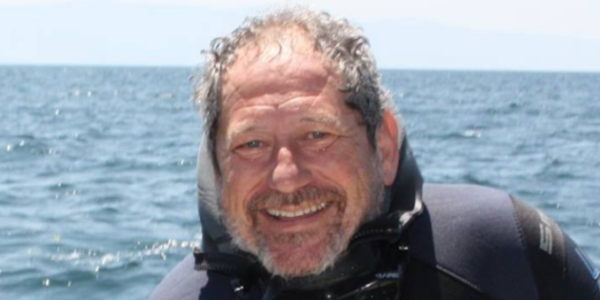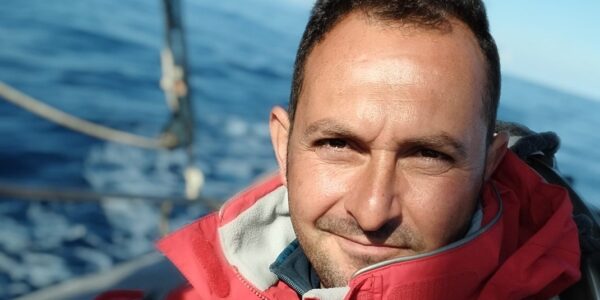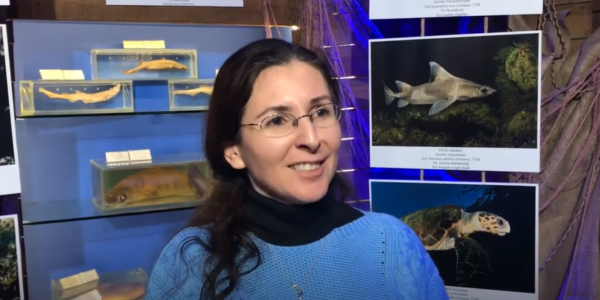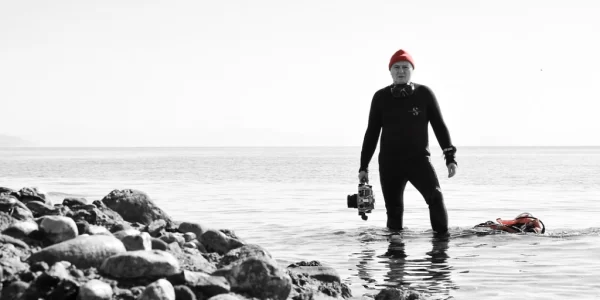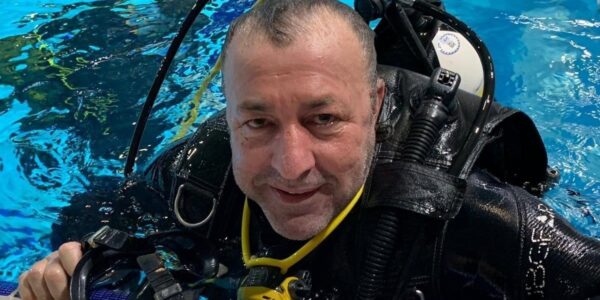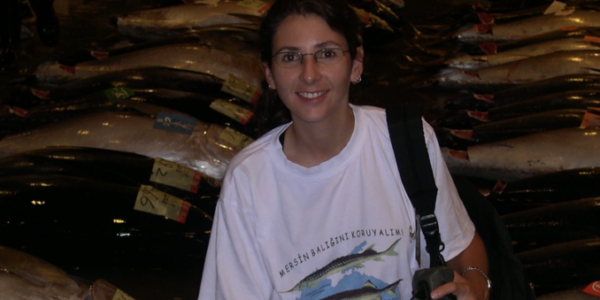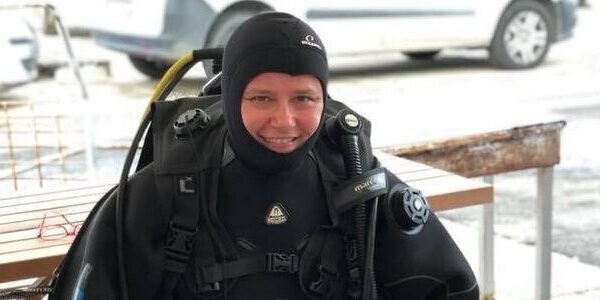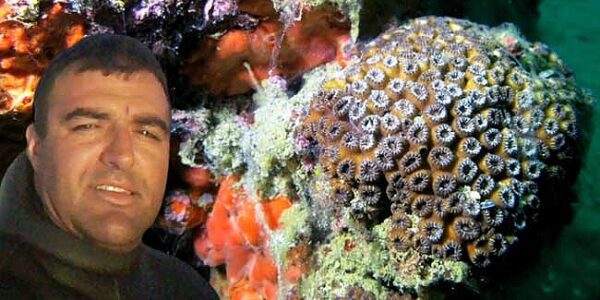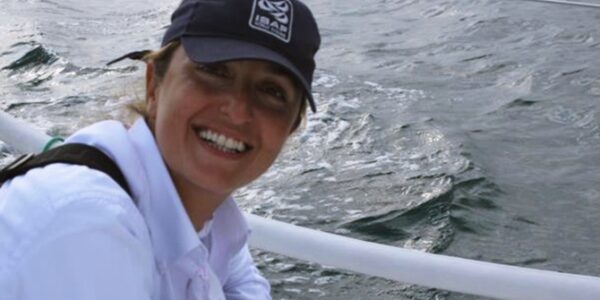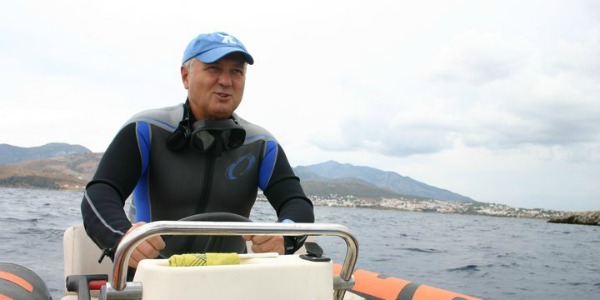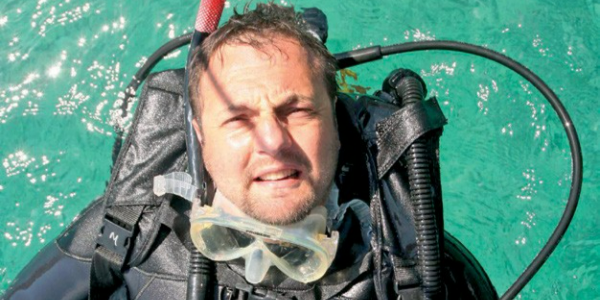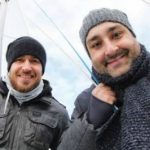California sea lions exposed to a toxin in algae develop a form of epilepsy that is similar to one in humans, according to a new study led by Stanford University School of Medicine researchers.
Every year, hundreds of sea lions wash up along the California coast, suffering seizures caused by exposure to domoic acid, a neurotoxin that can produce memory loss, tremors, convulsions and death. Domoic acid is produced by algae blooms that have been proliferating along the coast in recent years, accumulating in anchovies and other small fish that the sea lions feed on, said Paul Buckmaster, PhD, DVM, professor of comparative medicine at Stanford.
Buckmaster and his colleagues studied the brains of affected sea lions and found they had a pattern of damage in the hippocampus – the brain’s memory center – much like that in humans with temporal lobe epilepsy.
“We found there was a loss of neurons in specific patterns that closely matched what is found in people,” he said. “And there is synaptic reorganization – a rewiring of surviving neurons. This also matches what is found in humans with temporal lobe epilepsy.”
He said further studies in the animals could help in developing better treatments for them, as well as for their human counterparts.
Buckmaster is lead author of the study, which will be published online March 19 in the Journal of Comparative Neurology.
Temporal lobe epilepsy is one of the most common forms of epilepsy in humans and has no cure. It typically begins with a seizure caused by an insult to the brain, such as head trauma, high fever or lack of oxygen. Months or years later, it progresses into epilepsy, with periodic seizures that may be treated with anti-convulsive medication or, in some cases, surgery.
There is one documented case of a patient who was found to have developed temporal lobe epilepsy following exposure to domoic acid. The 84-year-old Canadian was one of more 250 people who became ill in 1987 after eating mussels from Prince Edward Island that were found to be contaminated with domoic acid. The man, who suffered nausea, vomiting, coma and convulsions, initially recovered but was diagnosed a year later with temporal lobe epilepsy; he died some two years later of pneumonia. Three other Canadians died in the mussel incident as a result of domoic acid poisoning.
In sea lions, the first link between domoic acid and epilepsy was established in 1998, when some 400 animals washed ashore in California’s Monterey Bay on Memorial Day weekend. Some had died, while others were in the throes of seizures, weaving their heads, flailing about and scratching themselves in an odd way. About 100 of the animals were rescued by the Marine Mammal Center in Sausalito, where experts were at a loss to explain the animals’ bizarre behavior, said Frances Gulland, PhD, DVM, senior scientist at the center and co-author of the current study.
She contacted Christopher Scholin, PhD, now president of the Monterey Bay Aquarium Research Institute, who discovered the bay waters had the highest levels of domoic acid ever recorded, she said. Blood and urine samples from the sea lions confirmed they had domoic acid poisoning. The researchers documented their findings in a 2000 Nature paper.
Since then, Gulland said a few hundred sea lions with epilepsy have been rescued every year by the mammal center, and about half respond to treatment with anti-convulsive therapy. But some suffer from seizures that may continue for hours, causing extensive brain damage. These animals have no hope for recovery and have to be euthanized.
In these cases, mammal center officials turn to Buckmaster, a veterinarian who is an expert in epilepsy in animals. For the past four years, he has been working on studies of the epileptic sea lions, examining samples of their brain tissue to better understand what underlies the disease.
In the current study, he and his colleagues retrieved samples of tissue from the hippocampus, which they cut into thin slices and then stained so that the neurons could be viewed under a microscope. They collected tissues from 14 sea lions with epilepsy and compared them with similar samples from nine without epilepsy who had died of other causes, such as cancer, infection or shark bite wounds.
The animals with epilepsy had lost about 50 percent of the neurons in the hippocampus, similar to what is seen in people with temporal lobe epilepsy, Buckmaster said. The researchers observed another striking similarity: In most cases, the hippocampus on only one side of the brain in the sea lions showed any signs of damage.
“That was really surprising,” Buckmaster said. “That is what you find in people – 80 percent of the time the damage is just on one side.”
In rats and mice, which are the models typically used in epilepsy studies, injury is seen in the hippocampus of both sides of the brain, he said.
The results are curious, as sea lions ingest the toxin throughout their bodies, he said. “Why would there be damage only on one side?”
He speculated that it could be related to the size and structure of the brain. Like the human brain, the sea lion brain is significantly larger than a rodent brain – 700 times larger than a mouse brain and 180 times larger than a rat brain – and contains many more neurons. However, the average number of synapses – connections between nerve cells – per neuron is roughly the same in rodents and humans. Without more synapses for each neuron, the probability of any two neurons in the large brain being connected must be lower than it is in the small brain, Buckmaster surmised. So this relative lack of interconnectivity in human and sea lion brains could be why damage remains localized to a specific area, he said. (The number of synapses hasn’t been measured in sea lions, though it seems reasonable to speculate that they would have a similar ratio of synapses per neuron, he said.)

